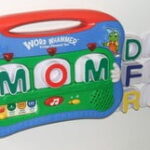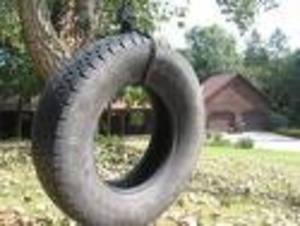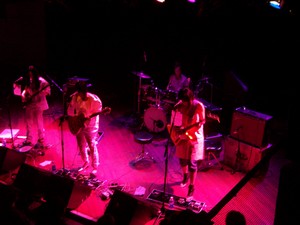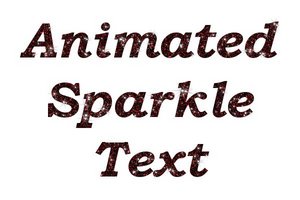I love young students because they are so eager to learn and have so much fun learning. I recently taught this lesson to my pre-k class at La Petite! This lesson is all about the letter A and its short vowel sound. You might want to review letter sounds (if you haven’t already) by singing the “Every Letter Makes a Sound” from LeapFrog’s The Letter Factory video.
Concept: During this lesson, you will be teaching about the letter A and helping students find objects that begin with the letter A (I would focus on one sound of the letter A – like A as in apple, not A as in ape. Short vowel sounds are typically introduced first.)
Objectives: When learning the letter A, students will be able to distinguish beginning sounds and rhymes in one-syllable words and two-syllable words. They are also beginning to identify the alphabet by sound. (You can find objectives like this one and others at Priority Academic Student Skills – OK.gov) I recommend that you use this lesson as your first lesson in vowel sounds.
Materials: For this lesson, you will need different objects that start with A (apple, ant, art, alligator, etc.). These can be plastic objects or paper, but I recommend plastic so that you can use the lesson next year.
You will also need objects that do not start with the letter A, an empty box or container, and a box full of all the objects. Now, it’s time to begin.
Anticipatory: This is a short anticipatory, but fun, nonetheless. Sing the alphabet with the class and read The Icky Bug Alphabet Book by Jerry Pallota. Tell the students that the letter A makes the sound “aah” and have them all repeat after you. Then, it’s time for them to practice what they have been taught.
Lesson: The students will work together in the language arts center in groups of two. The entire class can be working on this as a whole or at center time. Each student will select an object out of the box full of items. If the object begins with A, the students can put that object in the empty box. When all of the students are finished, invite them to come back to the circle. This can be done at the end of the day if this lesson is being completed in centers.
Closure: Tell the children that they did a very good job in their centers. Ask questions like, “Did everything begin with A?” and “How did you decide that something began with A?” If the lesson went as planned, our wish is that students answered with something like “We had to say the letter sound to decide.” Ask the students if they know why letter sounds are important. They may be surprised to learn that letter sounds will help them read later.
Assessment: To assess the students during the lesson, walk around the room while they are working. Listen for the letter A sounds from each student as they decide whether it begins with A or not. Hearing the letter sound, saying the letter sound and holding objects that begin with the letter A, helps the students to use different learning styles at a young age. Watch as your students beam with pride to have learned about the letter A.





